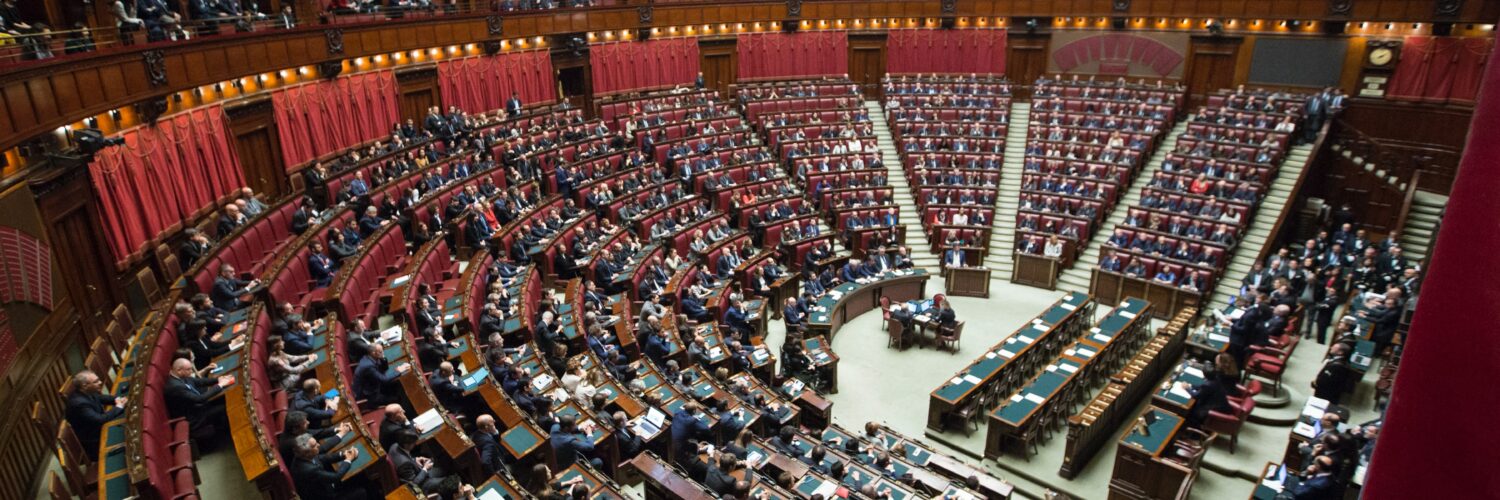Now that we understand the concept of allocative inefficiency and the causes of market failure, we can discuss the ways in which the government can step in to minimise the effects of market failure. The government can do so, depending on how the type of market failure and the people involved in many ways.
Today, we will be discussing the different policies that the government can implement to minimise market failure.
Market-Oriented Policies
Market-oriented policies aim to influence the behaviour of producers or consumers to address market failure.
Taxes
Taxes are payments imposed by the government on producers to discourage the production of a particular good or service. While the producers are responsible for footing the tax, this often affects consumers as they have to pay more for the good or service. Taxes can also help to fund government spendings. However, it only works well if the government has perfect information and can estimate the marginal external costs (MEC) accurately.
Production Tax
Production taxes help to reduce the consumption and production of a good or service by changing the allocation of resources. The government can introduce a per unit output production taxes that is equivalent to the MEC for goods with negative externalities and demerit goods. This forces firms to internalise the external costs as they produce the good or service, raising their marginal private cost of production (MPC). This results in a drop in supply to the socially optimal output, thus restoring allocative efficiency.
Pollution Tax
Pollution taxes are paid by producers for every unit of pollution generated during the production of goods or services. This helps to incentivise firms to minimise the pollutants and emissions produced by using cleaner methods. Similar to production taxes, the government can issue a per unit output pollution tax that is equivalent to the MEC, which improves allocative efficiency.
Subsidies
Subsidies are payments made by the government to producers to encourage them to produce a particular good or service. It can also make the goods or services more affordable for the poor. Subsidies can be used to correct the issue of positive externalities and factor immobility. However, it only works well if the government has perfect information and can estimate the marginal external benefit (MEB) accurately.
To correct the issue of positive externalities, subsidies can help to increase the production and consumption of the good or service. The government can provide a per unit output subsidy equal to the MEB to producers. This incentivises producers to internalise the true MPB to society and lower their MPC. The supply increases to the socially optimal output, restoring allocative efficiency.
To correct the issue of factor immobility, the government can subsidise the training of existing workers to upgrade their skills. This helps to reduce factor immobility as more workers are incentivised to undergo training.
Tradable Permits
Tradable permits are permits issued by the government allowing firms to pollute. The government stipulates an optimal allowable pollution level before issuing producers a corresponding number of such tradable permits. Producers can then trade these permits among themselves, with prices determined by demand and supply forces.
Tradable permits solve the root cause of pollution by providing producers with the incentive to use cleaner production methods. This helps to lower the overall pollution level to the optimal allowable pollution level proposed by the government.
Grants and Vouchers
Grants are lump sums of payment for a specific purpose given by the government, whereas vouchers are grants that expire. They are given to both consumers and producers to encourage the consumption and production of certain goods and services. Consumers and producers can then spend more on these goods and services, restoring allocative efficiency.
Command Policies
The government to address market failure directly carries out command policies.
Direct Provision
The direct provision of a good refers to the government stepping in as the producer and supplying the goods directly to consumers. This ensures that the good demanded by society is produced at the socially optimal output to maximise the welfare of society. This applies to goods with positive externalities, merit goods and public goods.
The government can provide merit goods for free or at low costs to increase its supply to the socially optimal output. Examples of these include healthcare and education. However, it is possible to cause greater welfare loss from overconsumption of the good or service – the government can instead provide it for a positive price.

Due to the non-excludable nature of public goods, there would be a lack of demand in the free market that causes a missing market. However, since the government is not profit-motivated, it can fund the direct provision of public goods using tax revenue. This results in the achieving of allocative efficiency. Despite that, this results in opportunity costs incurred by the government. Moreover, if the government does not have perfect information, it may produce the wrong quantity of goods.
Regulation
The regulation of goods or services uses the law to prevent producers or consumers from taking a certain action. Failure to comply would result in fines or imprisonment.
Regulations to ease the issue of externalities and merit goods or demerit goods include a total ban, quota, sale limits, production method commands, imposing standards, and compulsory consumption.
On the other hand, regulations to solve adverse selection include laws enforcing the regulation of the quality of the good or service.
Total Ban
Total bans can be made on either the production or the consumption of the good when using other policies to manage the externalities generated is not feasible. It is also used when there is severe damage caused. Total bans cause the quantity of the good produced to drop to zero – the MEC determines whether it improves or worsens the welfare of society. When the MEC is high, bans are often more effective.
Quota
Quotas are measures for the government to regulate the quantity of a good or service that is available for sale.
Public Education
The government can educate consumers about the true marginal private benefits (MPB) involved in the consumption of merit or demerit goods. This solves the issue of imperfect information and consumer ignorance by convincing consumers to consume more or less of the good or service.
However, it is hard to change the mindset of consumers, who may choose to ignore the information provided by the government. As such, public education is more likely to be effective in the long term as its effectiveness depends on how consumers respond to the information provided. This makes public education is a necessity since it is impossible to solve the issue of imperfect information without it.
Effectiveness of measures
Behind the various methods to mitigate the issue of market failure lies its effectiveness. While some measures may appear to be effective in theory, they may not prove to be so when implemented. There are many factors that affect the effectiveness of measures.
- Cost efficiency
- Imperfect information
- Price Elasticity of Demand (PED)
- Responsiveness of producers or consumers
- Solving the root cause of the issue
- Sustainability of measure in the long run
- Unexpected issues that pop up





Add comment